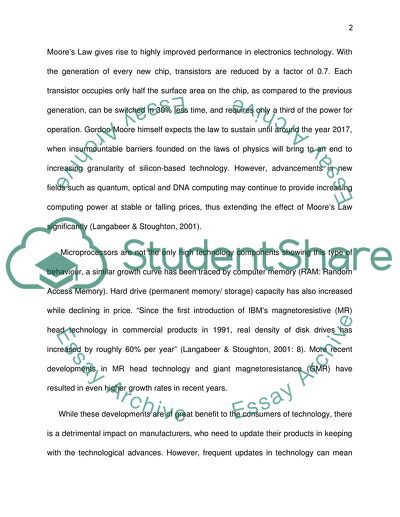Cite this document
(Giant Magneto-Resistance Research Paper Example | Topics and Well Written Essays - 2000 words, n.d.)
Giant Magneto-Resistance Research Paper Example | Topics and Well Written Essays - 2000 words. Retrieved from https://studentshare.org/technology/1745741-giant-magneto-resistance
Giant Magneto-Resistance Research Paper Example | Topics and Well Written Essays - 2000 words. Retrieved from https://studentshare.org/technology/1745741-giant-magneto-resistance
(Giant Magneto-Resistance Research Paper Example | Topics and Well Written Essays - 2000 Words)
Giant Magneto-Resistance Research Paper Example | Topics and Well Written Essays - 2000 Words. https://studentshare.org/technology/1745741-giant-magneto-resistance.
Giant Magneto-Resistance Research Paper Example | Topics and Well Written Essays - 2000 Words. https://studentshare.org/technology/1745741-giant-magneto-resistance.
“Giant Magneto-Resistance Research Paper Example | Topics and Well Written Essays - 2000 Words”. https://studentshare.org/technology/1745741-giant-magneto-resistance.


